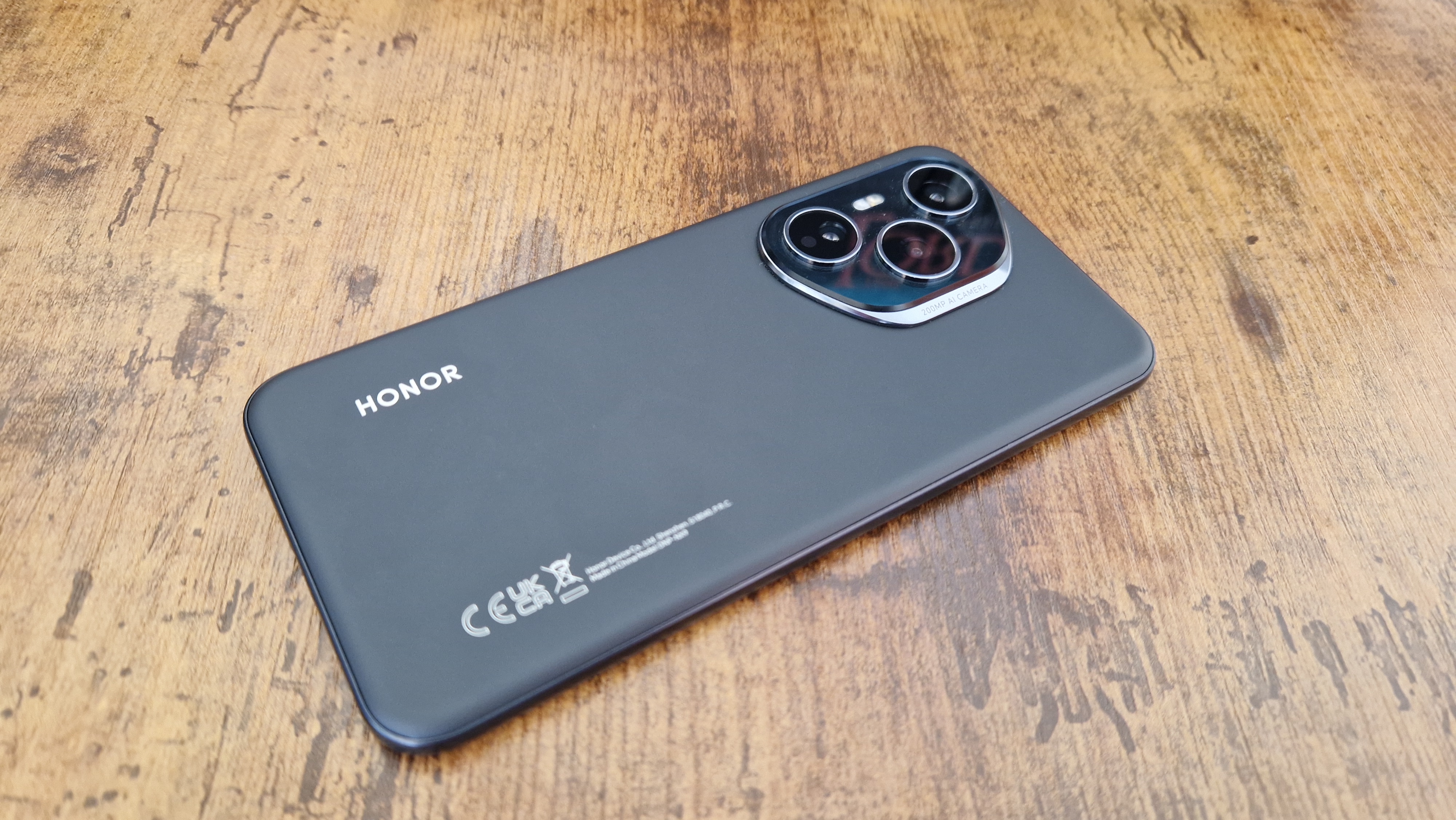GamesRadar+ Verdict
The Honor 400 Pro is a stunning camera phone, but that obnoxiously large set of lenses on its back isn’t hiding a lack of features within. Along with the compulsory AI fluff that every phone in 2025 has to have, there’s a lot of gaming power, a lot of storage, and a lot of versatility to enjoy. While it might be an underrated gem for mobile gamers, it’s going to be hard to ignore for any content creator looking for an amazing camera while staying under budget.
Pros
- +
Insane camera
- +
Decent gaming performance
- +
Good battery life
- +
Vibrant display
- +
Slim design
- +
Decent price
Cons
- -
Massive camera array upsets the slim design
- -
A lot of inescapable AI features
- -
MagicOS quirks
- -
Speakers could be better
Why you can trust GamesRadar+
The Honor 400 Pro is the first phone I’ve used in 15 years that isn’t made by Samsung. I owned the first ever Galaxy S phone, and ever since, I’ve been upgrading exclusively to the latest Samsung devices. I’m telling you this straight from the off because it’s absolutely going to inform a lot of my thoughts on Honor’s latest handset. For the record, I don’t think it’ll impact my thoughts in either direction, but if anything, it’s important to know that it’s been a bit of an adjustment period for me while testing.
What I will say immediately is that Honor is really changing the game in terms of what a non-flagship phone can be. This brand’s “Magic” product line is its star attraction, with the new 400 series taking more of a niche approach in the affordable market. Having always used Samsung’s flagship devices, I’ve always been a little hesitant to step down into this area of the smartphone landscape, but after three weeks or so of testing it every day, and comparing it to the best gaming phones, it doesn’t feel like anything less than a flagship product.
For £699 for the Pro model, you’re getting an awful lot of pocket power. A 200MP camera, a 5300mAh silicon-carbon AI Battery, a 120Hz OLED display, and a Snapdragon 8 Gen 3 processor are all standout features, and they amount to a great all-round package. It’s no slouch when it comes to gaming either, but I think content creators are really going to be the market this phone hits home with.
Design
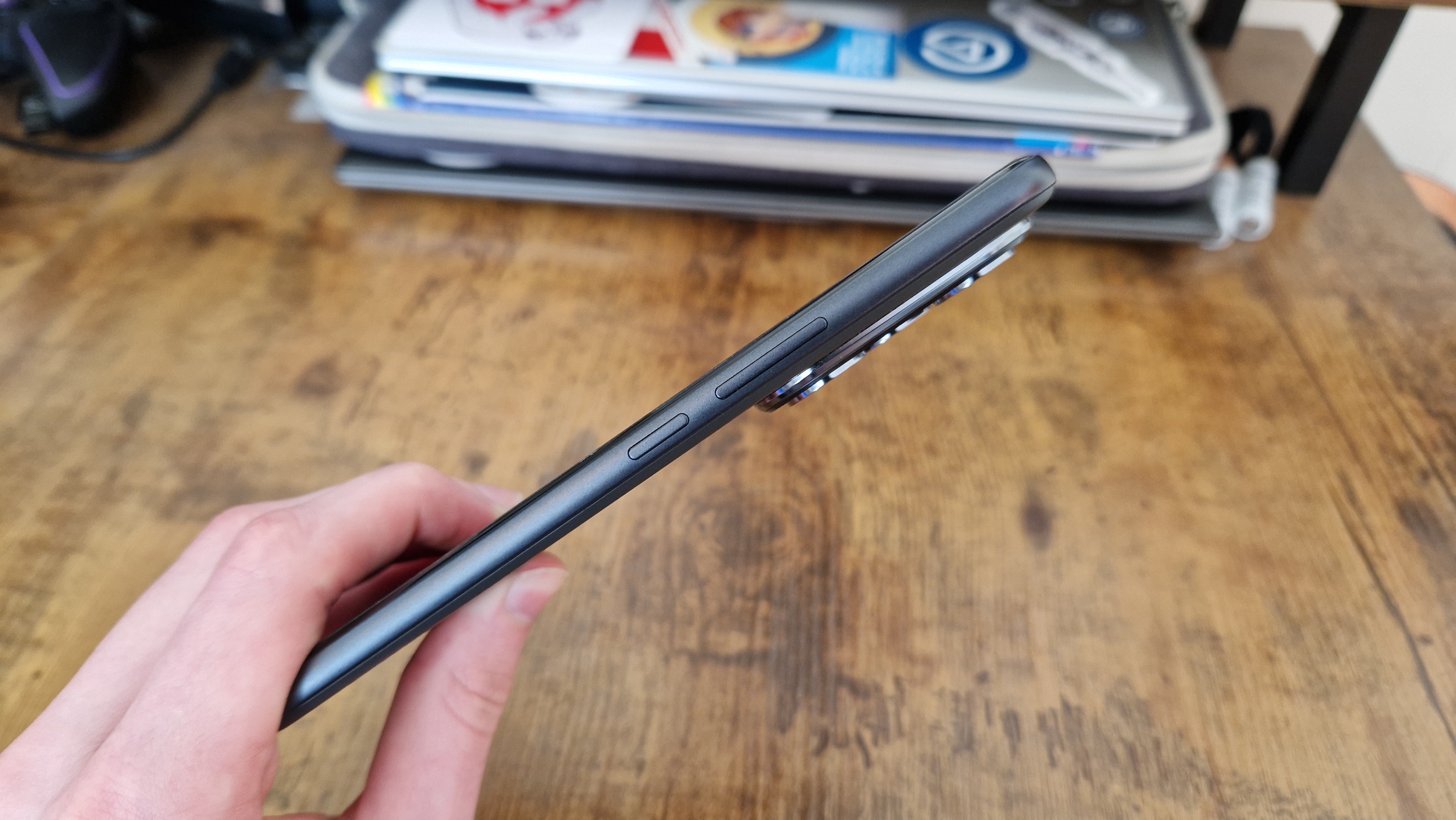
Giant camera arrays seem to be an inescapable part of smartphone design in 2025, with everything from the latest iPhone to the Poco F7 Pro sporting rather inelegant lenses on their backs. The Honor 400 Pro might be the most guilty of all of them, and although this has been an issue in the market for years now, it is getting a bit silly that a smartphone can’t lie even close to flat on its back thanks to these massive cameras.
If any modern smartphone feels like it needs a case, it’s this one. A giant 200MP camera is very in your face both when you look at the device and when you hold it in your hand. I’ve been sent the black model to test, which has a really velvety, muted back panel on its back. The glossy, shiny camera lenses then totally juxtapose that, giving the phone a very flashy “extra” aesthetic. It’s hard to really complain about a camera that overexerts itself if that’s what you’re coming to it for. I’ll talk more about the camera capabilities on offer here in a bit, but as amazing as they are, I do think to be considered as anything more than a camera phone, Honor should try and downsize a bit.
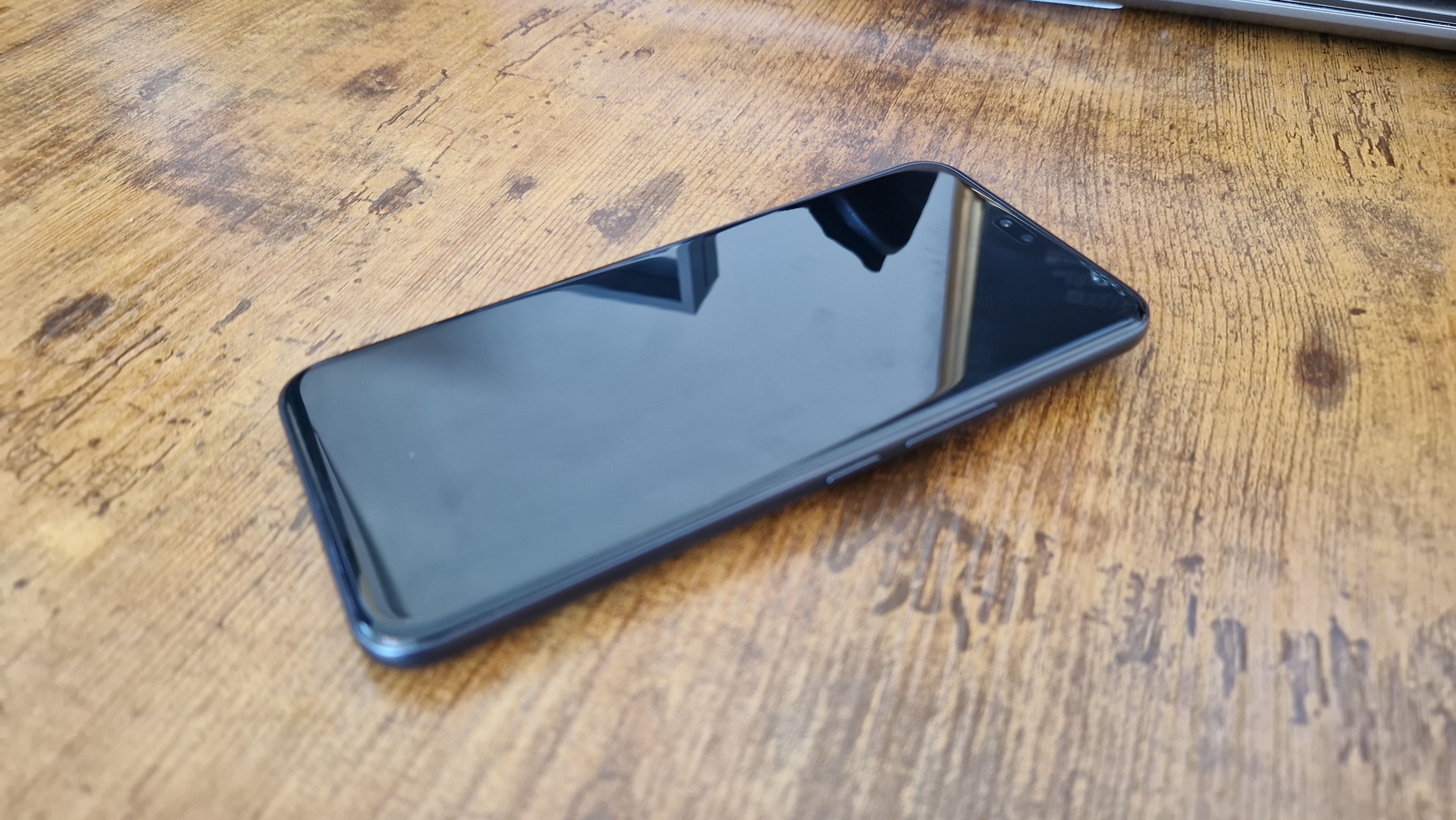
Maybe the camera feels so in your face because the rest of the phone’s design is shockingly slim. Honor has opted for a silicon-carbon battery to really enhance the thin design of this phone, and it’s seriously paid off. The sleek edges of the display and subtle curvature of the back plate lean into that too, creating an impressively powerful yet very slight product at just 8.1mm.
The Honor 400 Pro is available in Midnight Black, Lunar Grey, and Tidal Blue, meaning you can personalize slightly. The Pro model I’ve tested is flanked by the 400 Lite, which arrived on the shelves a few months ago, and the mid-range Honor 400, which launches alongside the Pro SKU.
Weekly digests, tales from the communities you love, and more
Features
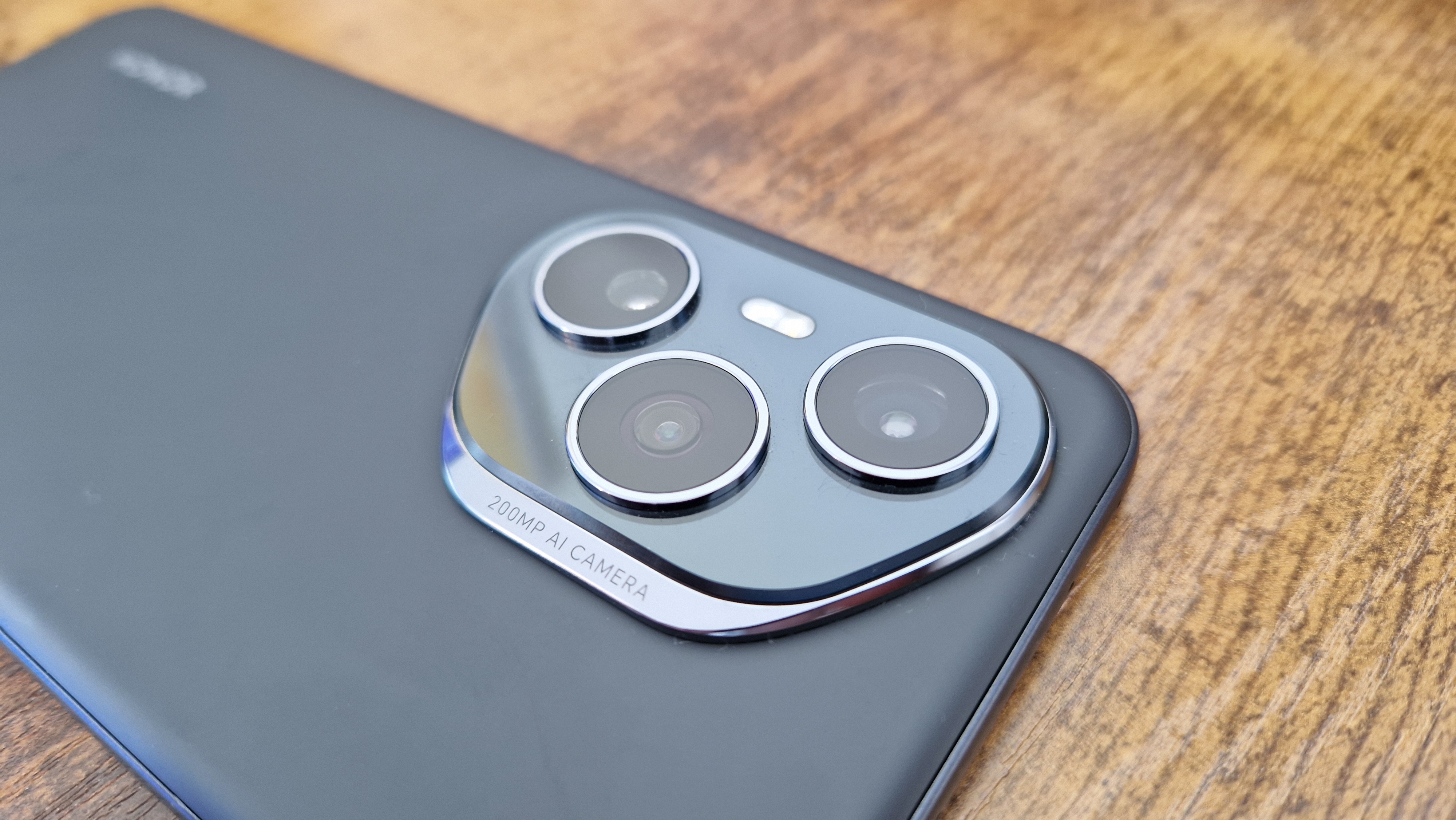
For those who aren’t in the know, Honor is known for making Android devices that align themselves as an alternative to Apple’s iPhones. At least, Honor’s version of Android, MagicOS, can certainly feel that way if you want it to. I think that comparison is a little dishonest, though, because although MagicOS isn’t as open-ended as Samsung, it does have plenty of ways for you to customize it to your liking. Honor’s last outing, the 400 Lite, definitely caught a lot of attention for offering similar camera specs and software features as Apple’s latest iPhones.
Like any phone launching in 2025, though, this thing is crammed full of AI gubbins that’s impossible to ignore. There are AI editing tools for photos and videos, there are AI camera features, there’s AI in the 5,300mAh battery, and there’s integration with HonorAI, Gemini, and Bixby. In fact, Google Assistant is actually buried by all of this to the point where an “Ok Google” does nothing. If you hold down the power button, you don’t even get a turn off or restart option come up - you get a Gemini bubble asking you “what’s up”. This was even the case after I removed the Gemini app from the phone entirely, so it’s been annoyingly baked into the experience from the word go.
I do find it a real shame that Honor felt obliged to follow the AI pied piper that’s whistling its way through the phone market right now. As someone who has always been loyal to one of the biggest brands in the space, part of the reason I was now open to switching camps was because I saw where the AI obsession was taking Samsung. I completely understand that AI features are where the big tech companies are placing their bets just now, but smaller brands like Honor would be a much more appealing alternative for me if they’d just offer me the smartphone experience I’ve had up until this point, and check all of the additional, compulsory, and quite suspicious AI fluff at the door.
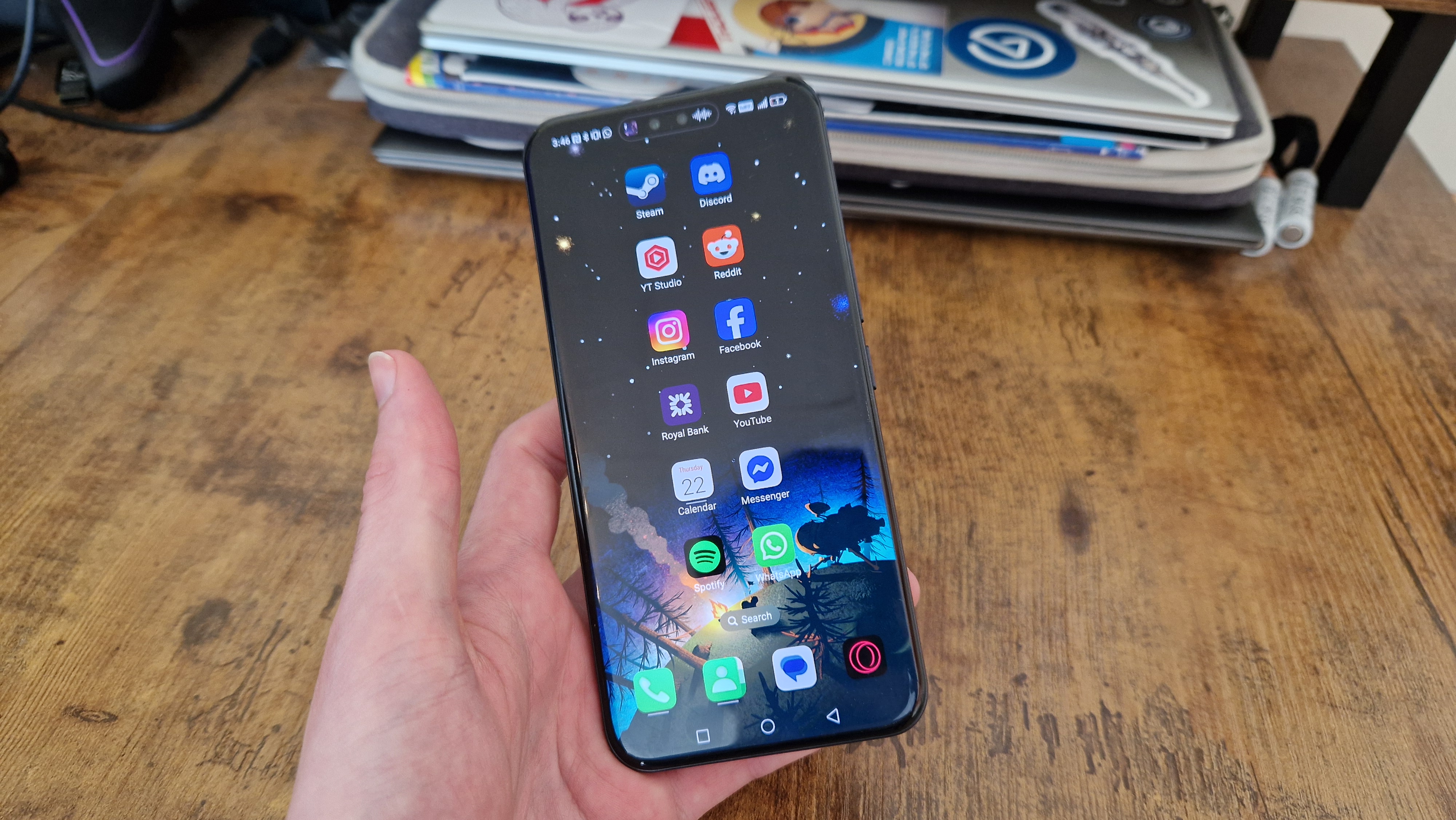
Thankfully, it’s not all AI doom and gloom. The Honor 400 Pro features a 6.7-inch OLED display with a 120Hz refresh rate - which is perfect for gaming and watching content on the go. With a 2800 x 1280 resolution and 500 nits worth of brightness, there’s a great screen to enjoy on this phone. I particularly like the sunlight display enhancement feature, which has been particularly useful during the sunny Spring weather we’ve been enjoying in the UK this year. Powering that impressive light show is the Snapdragon 8 Gen 3 mobile processor and a Qualcomm Adreno 750 GPU, which allows this phone to be a pretty great gaming competitor.
The 400 Pro runs on MagicOS 9.0, and Honor has committed just before launch to supporting it with six years of Android updates at a minimum. If you plan to use this phone for that long, you might want to opt for the Pro model, since it comes with a rather massive 512GB of storage. This is yet another reason I think the 400 Pro is going to hit home, and hit hard with content creators, because that’s so much room for high-definition filming and photographing. The regular 400 version comes with 256GB, which is still going to be plenty for a couple of years of use.
Performance
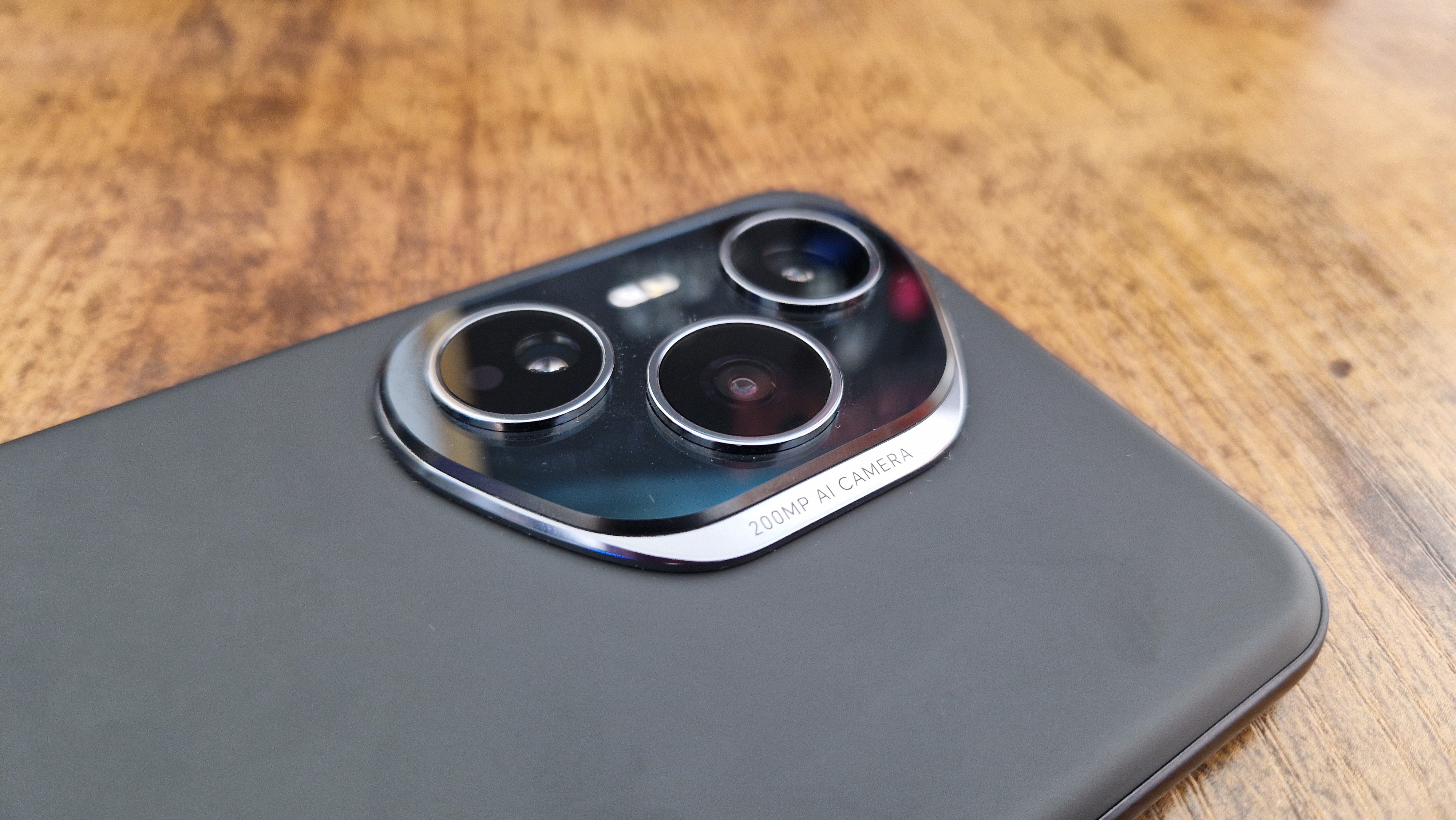
As much as I’d love to just review the Honor 400 Pro just in terms of its gaming prowess, it’s hard to do so. That camera array really does overplay its hand, so much so that it feels like a statement of intent from Honor. This is absolutely a camera phone that can play games. This isn’t a gaming phone like the Asus ROG Phone 9 Pro is, for example. Still, that’s not actually a bad thing, because it’s very difficult to find anyone these days who only uses a phone for one select purpose. Sure, you might specialize in one task over another, but the Honor 400 Pro lets you save a bit of cash versus an enthusiast-grade gaming phone (The Asus one I mentioned costs well over a grand), and get a bit of everything.
So, who does the Honor 400 Pro suit best, if not mobile gaming enthusiasts? For my money, content creators are the ones who need to know about this device when looking for their next upgrade. If, by that, you think I mean TikTok makers and Instagram influencers, you’re not too far off pace, but as a gaming content creator for YouTube, I’m bloody impressed with the package on offer for the money here. For reference, the best webcams, like the Razer Kiyo Pro Ultra, for example, are 4K beasts with that Razer flagship offering the largest sensor ever put inside a webcam. It captures images at 8.3 megapixels even when recording at 4K 30fps. Short of going for a very pricey DSLR camera, you’re going to be very hard pressed to find anything that outshoots the Honor 400 Pro’s camera system. For the next video essay I make, I wouldn’t be at all surprised if I swapped out the Kiyo Pro Ultra that’s currently residing in my Elgato Prompter to exchange it for this phone.




The camera is just ludicrously extra for what most everyday users and mobile gamers need, but at a lower price point than a lot of flagship camera-first phones, it’s hard not to recommend it. It doesn’t matter if I was pointing right at my Dad’s cat’s face, or if I was taking a massively wide landscape shot. It didn’t make a difference to the quality if I zoomed in x3, and my shaky hands were disrupting things. The Honor 400 Pro produces excellent photos every time I ask it to, and I’m not even that good a photographer. I have to say, I’m not a big fan of AI features, even if being able to remove and replace things within images comes in handy. But when playing around with the camera both in videos and photos, I felt like I had enough control and that AI wasn’t getting in my way. Still, if you want a pure, non-AI-diluted camera experience, maybe a DSLR is the way to go.
The battery life of the Honor 400 Pro is impressive. Coming from a three-year-old Samsung Galaxy S22+, it was hard to ignore such a strong battery life that lasted me well over a day when I began testing the 400 Pro. I do think there’s more etiquette to be wary of here, though, because Honor has opted for the type of battery it has. This isn’t one to leave on charge at 100% for longer than you need to. To begin with, I was getting down to only 60% at the end of a full day of use, but now, a few weeks on, I get down to about 40% at the end of one day. Fortunately, some AI features learn from your usage and charging habits to optimize things for you, so take a look at these things if you get one for yourself. Either way, I’d argue that a phone this powerful that can last well over 24 hours is a good thing.
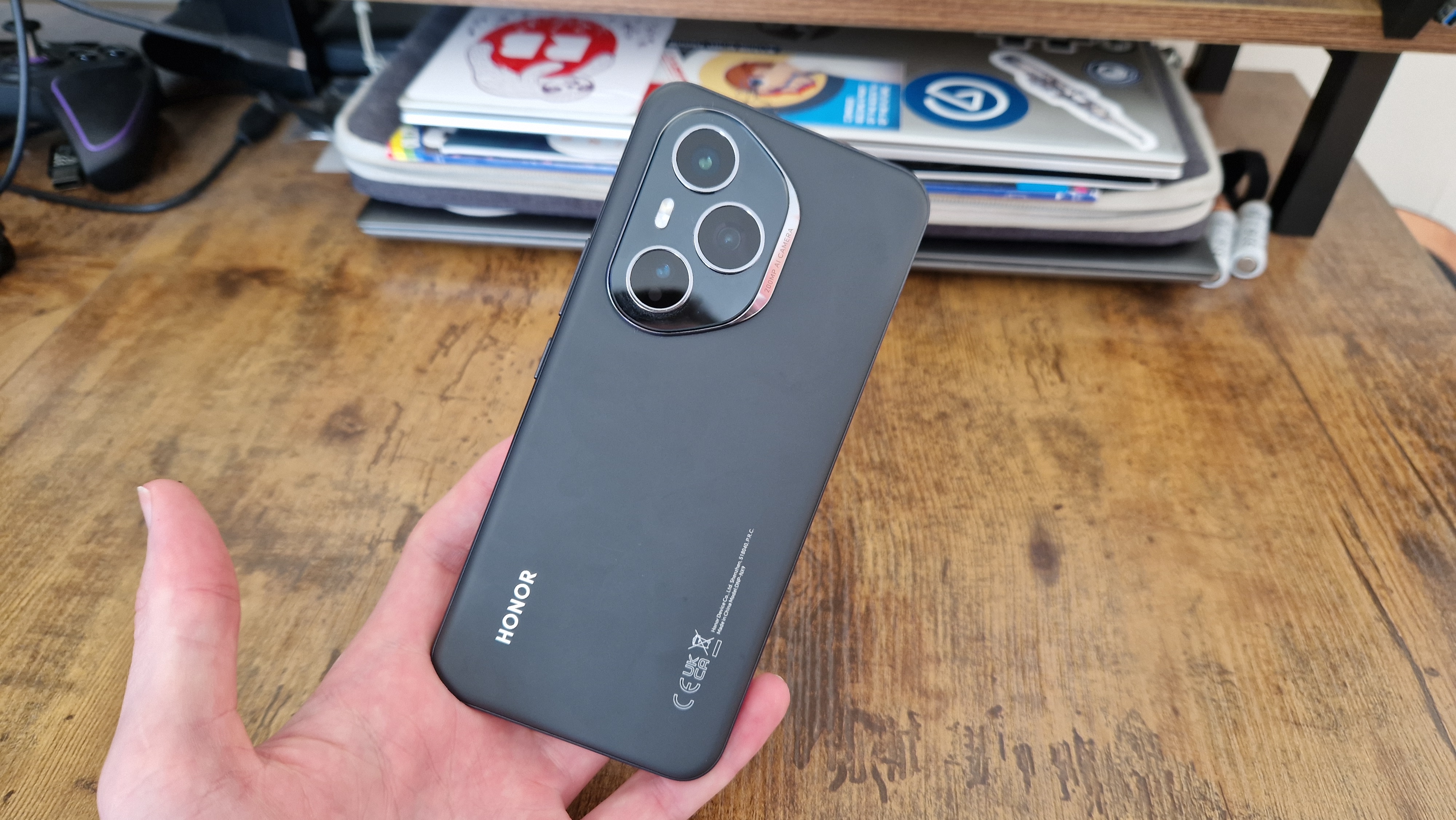
Although I still think there are more quality of life wins and a couple more convenient features in Samsung’s OS, MagicOS has impressed me. As someone who has never enjoyed Apple’s iOS, I was a tad worried that this version of Android was going to feel a bit too close to Tim Cook’s door. I was happy to see plenty of options and layout settings at my fingertips, though, and although it took a little while to find things and adjust, I’m happy with the way my phone is now set up and how it all runs. I do think there’s room for improvement, though. The feature where you swipe down the way on your homescreen is needlessly complicated compared to Samsung’s phones, for example. It sort of feels like it’s being different for the sake of it. Swipe down on the right-hand side of your screen, and you’ll get your phone’s settings and quick functions like device connections, brightness, torch, and aeroplane mode. To see your notifications and other reminders, you swipe down on the left. With Samsung, wherever you swipe down, you get a consolidated menu where you can access everything. This is a small example, but there are a few things like that with MagicOS that I don’t feel really provide enough help to really warrant being rooted in.
Gaming benchmarks via 3DMark are pretty impressive for a phone that isn’t trying to make this its go-to use case. As you’ll see from the graph, the Honor 400 Pro slots above the Poco F7, but below the more specialist range of gaming-oriented phones. For an all-rounder that really puts an emphasis on its camera, that’s great value for money for anyone who spends a lot of time playing games natively on their mobile device. In Call of Duty Mobile, I was pleased to see a pretty smooth gameplay experience, and Honor’s gaming bar let me give it an FPS boost that didn’t seem to kill too much clarity.
In cloud streaming games, the bright and vibrant display was perfect for portable gaming on a smaller device. If anything, I actually felt as though the Cloud Streaming services I was using weren’t giving me enough juice to make the most of this phone’s smooth clarity. Both in nostalgic 2D platformers like Celeste, and in more graphically dense games like Far Cry and Hunt: Showdown, the Honor 400 Pro conveyed every detail with ease. It sounds strange to say, but I like the USB-C port on the bottom of this phone, too. Compared to my older Samsung phone, it was so easy to slot the 400 Pro into the best mobile controllers and have them feel secure. Although I do wish the sound quality from the speakers was a little better. They’re plenty powerful, but they really feel lacking in detail when at lower volumes, and when you do boost them up, the higher frequencies really pierce through and can feel a bit uncomfortable on the ol’ eardrums.
Should you buy the Honor 400 Pro?
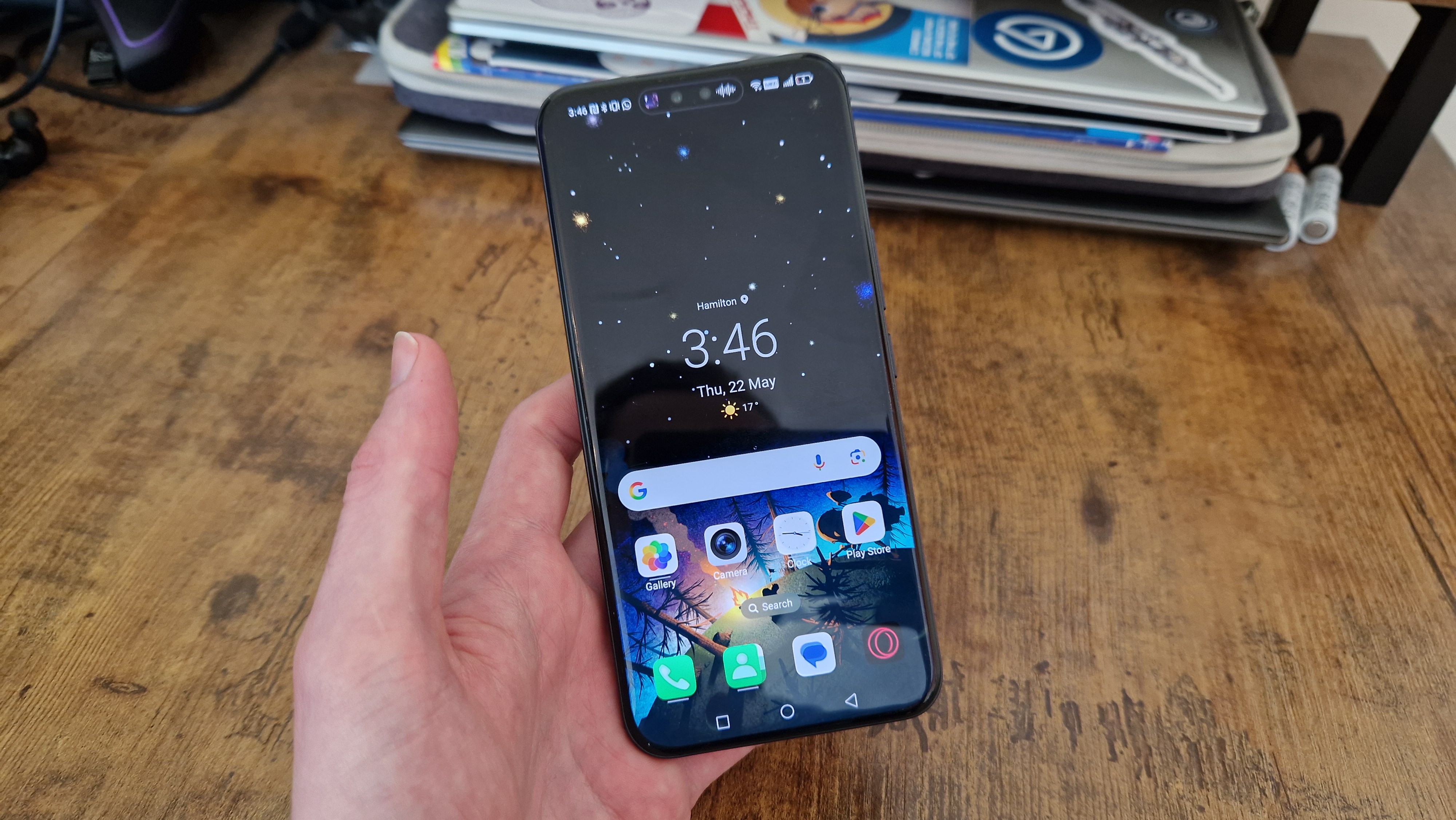
I think that if you’re coming to your next phone upgrade looking for a decent camera, you’re going to be missing out if you don’t consider the Honor 400 Pro. This is easily a camera phone first and foremost, but it’s not one that will be an extravagant waste of money for those users who might not need such a solid quality camera.
There’s great versatility and solid gaming performance to be had here which I think anyone who plays on the go will appreciate. The innards and display both lend themselves to mobile gaming.
That said, I think it’s streamers, content creators, and gaming video makers who will get the most bang for their buck here. With such an excellent camera in their pocket, they’ll be consolidating costs of other parts of their setup, and as someone who reviews the best gear for streaming, that’s always going to be a win in my book.
How I tested the Honor 400 Pro
I used the Honor 400 Pro as my phone for close to a month before this review was written. In that time, I used it for everything from work, to general scrolling, to photography, to voice and video calls. I also used it for plenty of gaming, both natively and streamed from the cloud. I also put it through some formal benchmarking in 3DMark.
I compared my experience closely to my decades of using Samsung phones, and to the gaming phone reviews my colleagues have done recently.
For more on how we test the latest tech, check out the full GamesRadar+ hardware policy.
Looking to change platform? Check out the best gaming PCs, the best CPU for gaming, and the best VR headset.
One of my earliest memories is playing SuperMario64 and wondering why the controller I held had three grips, but I only had two hands. Ever since I've been in love with video games and their technology. After graduating from Edinburgh Napier University with a degree in Journalism, I contributed to the Scottish Games Network and completed an Editorial Internship at Expert Reviews. Over the last decade, I’ve been managing my own YouTube channel about my love of games too. These days, I'm one of the resident hardware nerds at GamesRadar+, and I take the lead on our coverage of gaming PCs, VR, controllers, gaming chairs, and content creation gear. Now, I better stop myself here before I get talking about my favourite games like HUNT: Showdown, Dishonored, and Towerfall Ascension.
You must confirm your public display name before commenting
Please logout and then login again, you will then be prompted to enter your display name.
